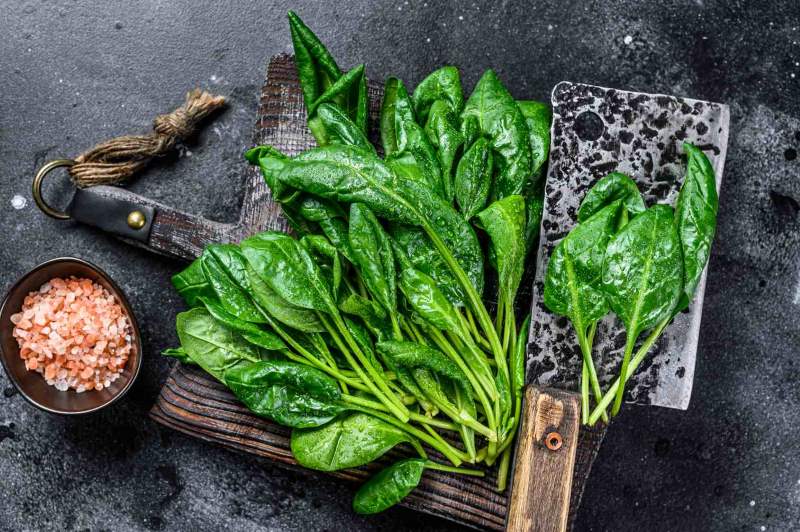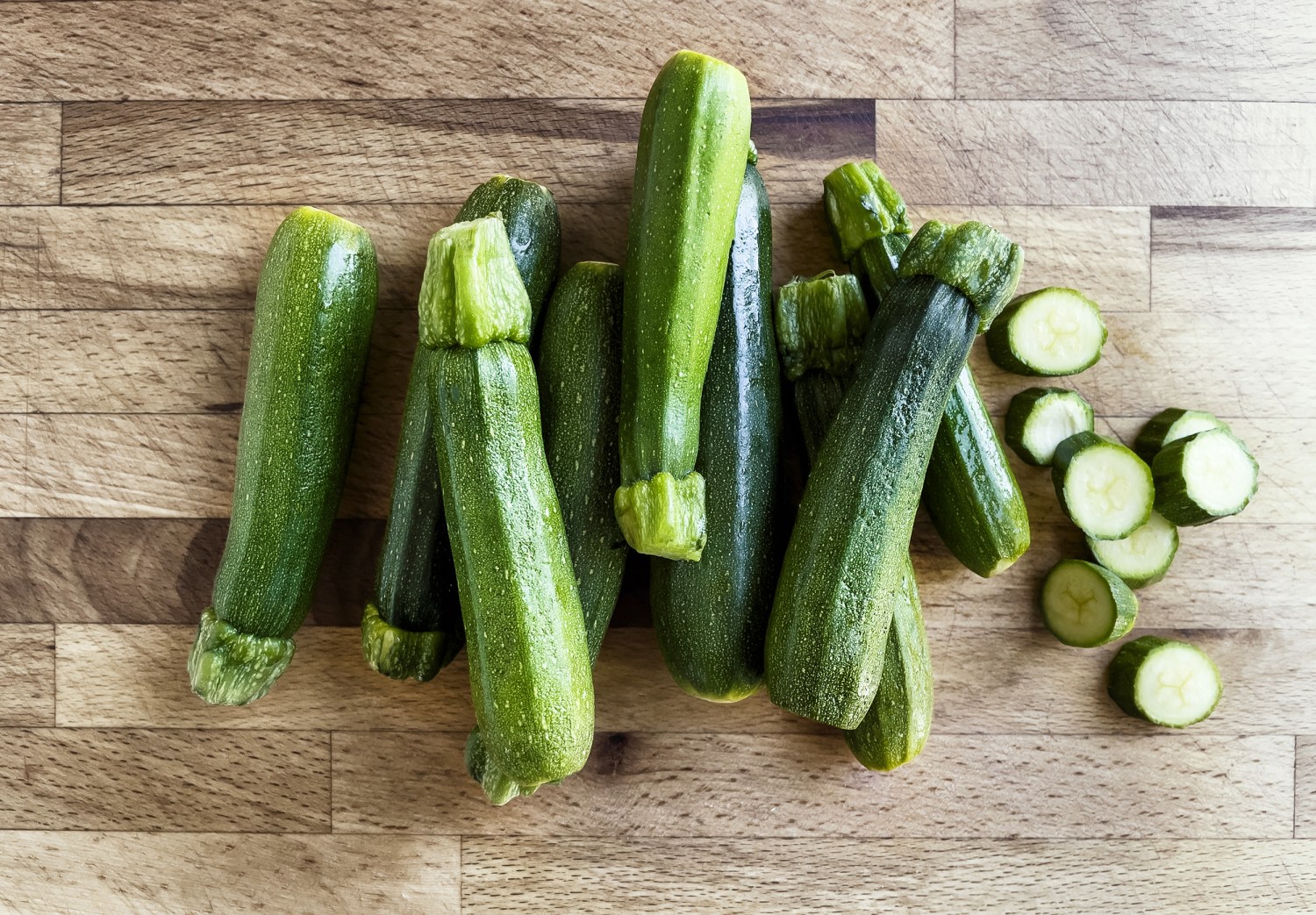When it comes to weight loss, vegetables are your best friends. They are low in calories, high in fiber, and packed with essential nutrients that support your body’s health while helping you shed unwanted pounds. Incorporating a variety of vegetables into your diet can help you feel full, reduce your calorie intake, and provide your body with the vitamins and minerals it needs to function optimally. In this article, we’ll explore the five best vegetables for weight loss, discuss why they’re effective, and how you can incorporate them into your daily meals.
1. Leafy Greens
Leafy greens such as spinach, kale, Swiss chard, and arugula are some of the most nutrient-dense vegetables available. These vegetables are incredibly low in calories, making them ideal for weight loss, and they are loaded with vitamins, minerals, and antioxidants.

Why They Work:
- Low in Calories: Leafy greens are very low in calories, with a cup of spinach containing only about 7 calories. This allows you to eat large portions without significantly increasing your calorie intake.
- High in Fiber: The fiber content in leafy greens helps promote satiety, regulate digestion, and prevent overeating.
- Rich in Nutrients: Leafy greens are packed with vitamins A, C, and K, as well as minerals like calcium and iron, which support overall health and well-being.
How to Enjoy Them:
Add a handful of leafy greens to your salads, smoothies, or stir-fries. You can also use them as a base for grain bowls or sauté them with garlic and olive oil for a simple side dish. For a nutrient boost, try blending spinach or kale into your morning smoothie.
2. Broccoli
Broccoli is a cruciferous vegetable that is known for its weight loss benefits and impressive nutritional profile. It is low in calories, high in fiber, and rich in vitamins and minerals, making it a great choice for those looking to lose weight.
Why It Works:
- Low in Calories: One cup of cooked broccoli contains only about 55 calories, making it a filling yet low-calorie addition to any meal.
- High in Fiber: Broccoli is high in fiber, which helps keep you full and satisfied, reducing the likelihood of overeating.
- Rich in Nutrients: Broccoli is an excellent source of vitamins C and K, folate, and potassium, all of which are important for maintaining good health.
How to Enjoy It:
Broccoli can be enjoyed steamed, roasted, or sautéed. Add it to soups, stir-fries, or casseroles for a nutrient-dense meal. You can also snack on raw broccoli florets with hummus or a light dip for a healthy, crunchy snack.
3. Cauliflower
Cauliflower is another versatile cruciferous vegetable that is low in calories and high in nutrients. It can be used as a low-carb substitute for grains and starches, making it a popular choice for those following a low-carb or ketogenic diet.
Why It Works:
- Low in Calories: One cup of cauliflower contains only about 25 calories, making it one of the lowest-calorie vegetables available.
- High in Fiber: Like other cruciferous vegetables, cauliflower is high in fiber, which helps with digestion and keeps you feeling full.
- Versatile Substitute: Cauliflower can be used as a substitute for higher-calorie foods like rice, potatoes, and even pizza crust, allowing you to enjoy your favorite dishes with fewer calories.
How to Enjoy It:
Use cauliflower rice as a low-carb alternative to regular rice, or make cauliflower mash instead of mashed potatoes. You can also roast cauliflower with your favorite spices or make a cauliflower-based pizza crust for a healthier version of pizza night.
4. Bell Peppers
Bell peppers are colorful, sweet vegetables that are low in calories and high in vitamins and antioxidants. They add flavor and crunch to a variety of dishes, making them a great addition to any weight loss plan.
Why They Work:
- Low in Calories: Bell peppers are low in calories, with a medium-sized pepper containing only about 30 calories.
- High in Vitamin C: Bell peppers are one of the richest sources of vitamin C, which is important for fat metabolism and overall health.
- Rich in Antioxidants: The antioxidants in bell peppers help fight inflammation and protect your cells from damage, supporting your overall health.
How to Enjoy Them:
Slice bell peppers and add them to salads, stir-fries, or fajitas. They also make great snacks when dipped in hummus or guacamole. For a fun twist, stuff bell peppers with a mixture of lean protein, grains, and vegetables for a hearty meal.
5. Zucchini
Zucchini is a low-calorie, nutrient-rich vegetable that is incredibly versatile in the kitchen. It is high in water content and fiber, making it a filling option for those looking to lose weight.

Why It Works:
- Low in Calories: One cup of sliced zucchini contains only about 20 calories, making it a low-calorie addition to your meals.
- High in Water Content: Zucchini is composed of about 95% water, which helps keep you hydrated and full.
- Rich in Nutrients: Zucchini is a good source of vitamins A and C, potassium, and fiber, all of which contribute to overall health.
How to Enjoy It:
Zucchini can be spiralized into noodles (often called “zoodles”) as a low-carb substitute for pasta. You can also grill, sauté, or bake zucchini as a side dish, or add it to soups, stews, and casseroles for added texture and nutrients. For a healthy snack, try baking zucchini slices into chips.
Frequently Asked Questions (FAQs)
Q: How much of these vegetables should I eat daily to lose weight?
A: The recommended amount varies depending on your individual calorie needs and activity level, but a general guideline is to fill half your plate with vegetables at each meal. Aim for at least 2-3 cups of vegetables per day to support weight loss.
Q: Can I eat these vegetables raw, or should they be cooked?
A: Both raw and cooked vegetables offer health benefits. Some vegetables, like leafy greens and bell peppers, are great when eaten raw in salads or as snacks. Others, like broccoli and cauliflower, may be easier to digest and more enjoyable when cooked. Cooking can also enhance the bioavailability of certain nutrients.
Q: Are these vegetables suitable for people with dietary restrictions?
A: Yes, these vegetables are naturally gluten-free, dairy-free, and suitable for most diets, including vegan, vegetarian, and paleo. If you have specific dietary restrictions, you can prepare these vegetables in ways that align with your needs, such as using gluten-free or low-sodium seasonings.
Q: Can I include these vegetables in every meal?
A: Absolutely! These vegetables are versatile and can be included in all your meals, from breakfast to dinner. For example, you can add spinach to your morning smoothie, include bell peppers in your lunch salad, and serve roasted broccoli as a side dish for dinner.
Q: How can I make these vegetables more exciting to eat?
A: Experiment with different cooking methods, such as roasting, grilling, or stir-frying, to bring out different flavors and textures. Season your vegetables with herbs and spices, or pair them with healthy fats like olive oil or avocado to enhance their taste. You can also try different vegetable combinations or add them to your favorite dishes to keep things interesting.
Conclusion
Incorporating the right vegetables into your diet can play a significant role in your weight loss journey. Leafy greens, broccoli, cauliflower, bell peppers, and zucchini are all low in calories, high in fiber, and packed with essential nutrients that support weight loss and overall health. By adding these vegetables to your meals, you can enjoy a variety of flavors and textures while keeping your calorie intake in check.
Remember, successful weight loss is about more than just eating the right foods; it also involves maintaining a balanced diet, staying active, and making sustainable lifestyle changes. These vegetables can be a delicious and nutritious part of that journey, helping you stay full, satisfied, and on track toward your goals. Whether you’re enjoying a leafy green salad for lunch, roasting cauliflower for dinner, or snacking on raw bell peppers, these vegetables are sure to become staples in your healthy eating plan.
Read Also: 5 Best Fruits for Weight Loss: Nutritious, Delicious, and Slimming
